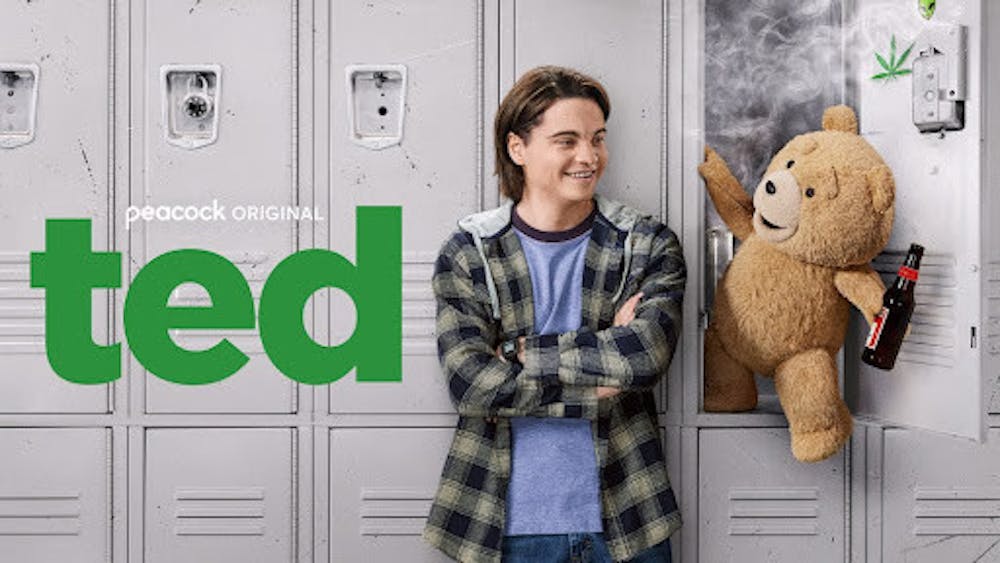The world’s favorite foulmouthed teddy bear is returning to the entertainment world after a nine-year hiatus. Seth MacFarlane, who voiced Ted in the 2012 film and its 2015 sequel, is one of the masterminds behind the seven-episode prequel series of the same name that premieres on Peacock Jan. 11.
In 1993, Ted the teddy bear (MacFarlane) lives with his best friend, 16-year-old John Bennett (Max Buckholder) and his family in suburban Boston. While his crude jokes and love of marijuana may not always be the best influence on John, Ted remains John’s trusted pal as the two navigate John's junior year of high school.
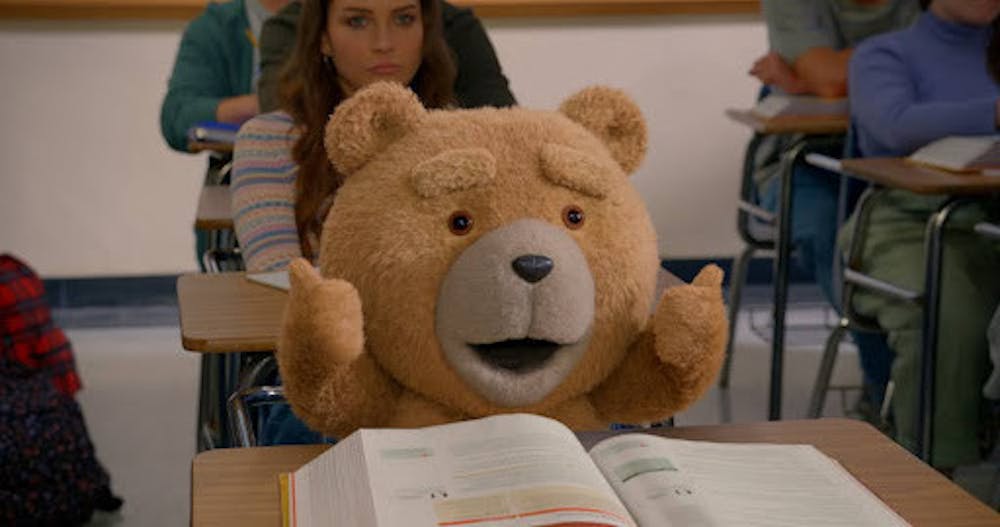
The Chronicle joined a roundtable interview hosted by NBCUniversal with MacFarlane and writers/executive producers Brad Walsh and Paul Corrigan to learn more about the production.
Here’s what viewers should know about the third installment of the Ted franchise before tuning in:
Writers took a “comedy-first” approach when crafting the series.
There’s a reason the prequel took form as TV episodes instead of as a movie: Shorter episodes allow the writers to highlight their comedic storytelling.
In this format, the show’s creatives are not locked into one storyline, threatened by the “ripple effect,” like in a movie. Corrigan describes the start of each episode as dropping characters off back where they started, allowing writers to craft many more individual comedic stories within the series.
That is to say, viewers can watch any episode of “Ted” and get a great laugh out of it. While familiarity of the previous films might bring a greater appreciation of the show’s nuances, a lewd-talking teddy bear is hilarious regardless.
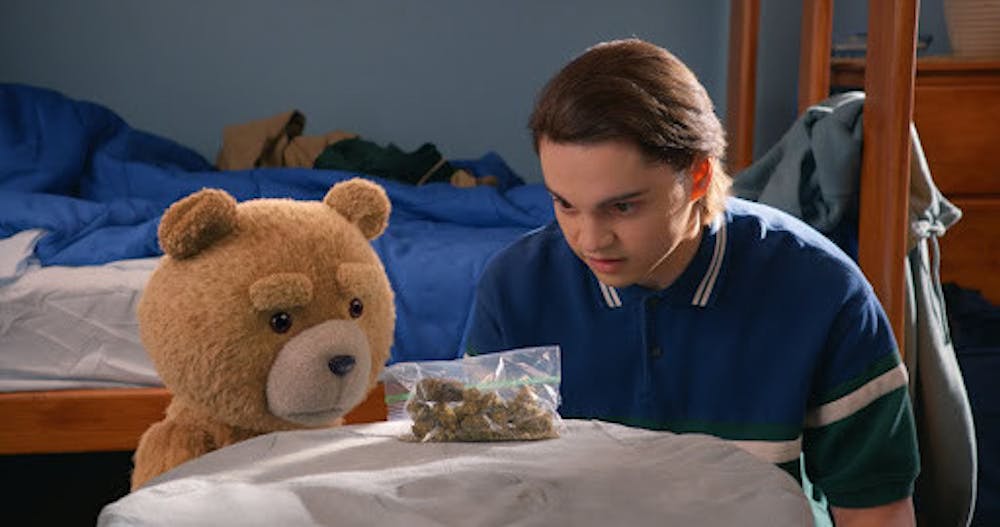
…and they didn't hold back with the R-rated jokes.
The series boasts its TV-MA rating for a valid reason. As John and Ted make it through high school, the duo approaches a lot of firsts: watching porn, getting fake IDs, smoking weed and having sex. And those plotlines go hand-in-hand with the vulgar language used throughout the series.
In the age of streaming services, now is the perfect time for the “Ted” prequel. A comedy with this level of mature content cannot live on broadcast television, but Peacock allows for more freedom to lean into the original films' characteristic R-rated humor.
“The audience wants Ted as Ted, so we did our best to deliver,” MacFarlane said.
The animation of Ted’s character is a milestone in cinematic innovation.
Historically, visual effects in film and TV are incorporated late in the production process, often weeks or months after actors record their scenes. To improve the cohesion between the physical and the inanimate, MacFarlane’s production company, Fuzzy Door, recently developed ViewScreen, a software that enables camera operators to see visual effects — such as Ted the teddy bear — while they are shooting.
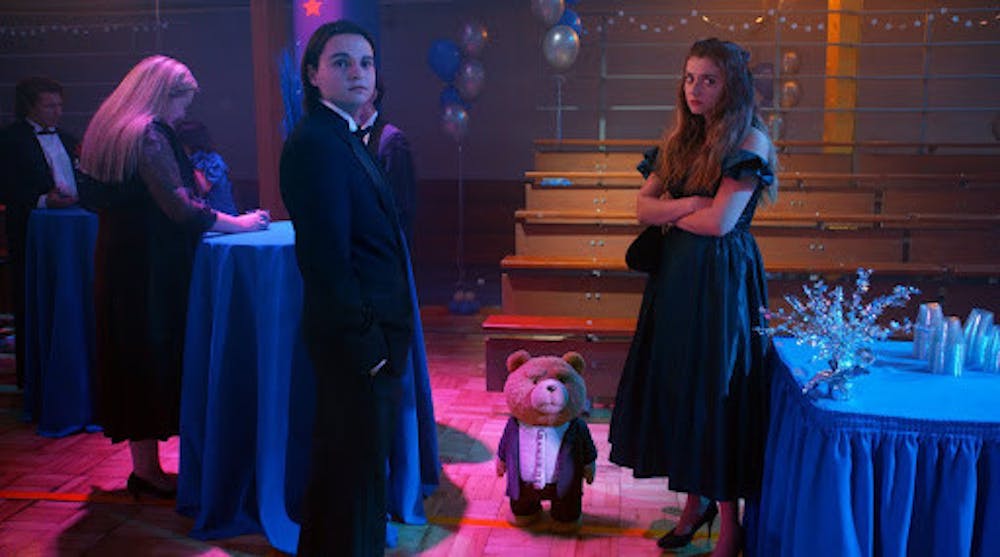
“To achieve something like this, it’s part technical, part creative,” MacFarlane said.
ViewScreen was perfected on MacFarlane’s “The Orville” and ultimately came to fruition on “Ted,” according to the creator. The feature eliminates a lot of guesswork in camera operation and allows for a more efficient and precise filming process.
The original idea was to film the reboot in front of an audience, like “Seinfeld” and “Friends.”
Get The Chronicle straight to your inbox
Sign up for our weekly newsletter. Cancel at any time.
NBC Universal Television approached MacFarlane to reboot the “Ted” franchise, not the other way around. Inspired by Ted's 2012 interview on Jimmy Kimmel Live, their first idea was to film in front of a live studio audience, in the style of “Seinfeld” and “Friends”; MacFarlane would voice Ted’s lines off-screen so that the audience could give authentic laughs and reactions to the vulgar jokes. The teddy bear animation would be added later in production.
MacFarlane wanted to film a pilot to test out this new production style (live studio meets Viewscreen) before committing a whole series to it. However, because the timeline for producing TV is much faster-paced than for movies, they didn’t have time to try it out. Instead, the writers and producers decided to film using the same methods as the previous movies, efficiently crafting the show’s story around a high-quality animation of Ted.
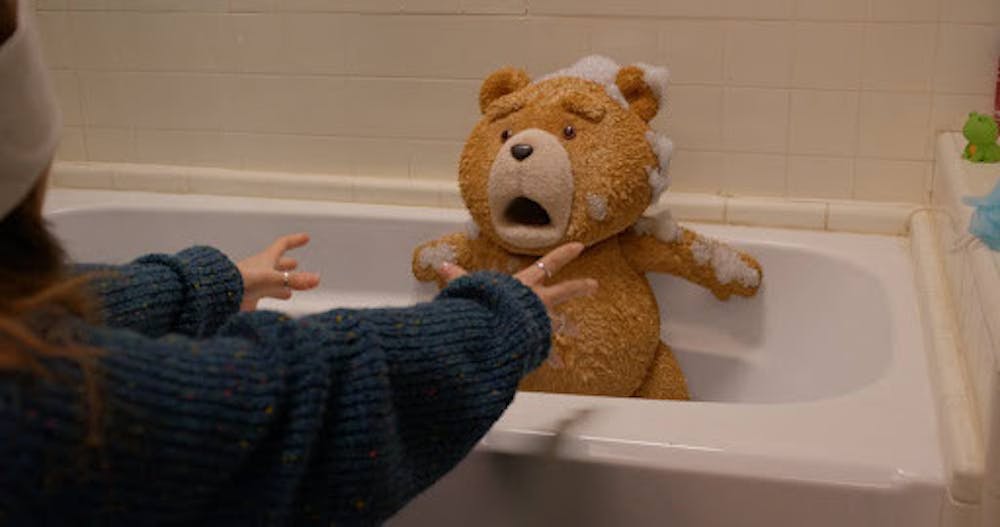
Pete Davidson was considered to voice Ted in this prequel.
One of the biggest challenges for MacFarlane in maintaining the continuity of the existing “Ted” franchise was casting a young John Bennett who could plausibly grow up as Mark Wahlberg’s version of the character. Once he found Buckholder, who perfectly fit that vision, MacFarlane considered finding another actor to voice a “younger” Ted — and Pete Davidson was at the top of the list.
Ultimately, however, MacFarlane realized that “people would just want to see the Ted they saw in the movies,” so he decided against changing the stuffed bear’s voice. Similarly to how the characters in “Family Guy” — another one of MacFarlane’s shows — stay the same from year to year, MacFarlane didn’t want to change too much about Ted. After all, Ted is a stuffed animal, so he wouldn’t evolve and grow up the same way a real human would.
The “Ted” storyline is intentionally centered around the relationships within the Bennett family.
Both Walsh and Corrigan worked as executive producers and writers for “Modern Family” for the show’s 11-season run. Their experience writing about family life aligned with the relationship-centric approach that MacFarlane wanted to highlight in “Ted.”
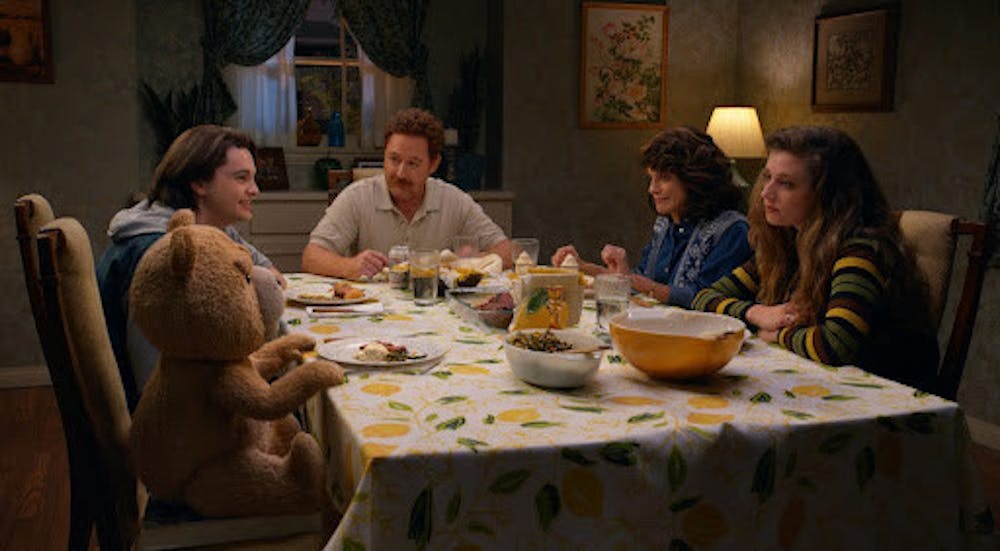
There are many aspects of the suburban family dynamic that “Ted” audiences can connect to, and the writers leaned into that relatability.
“You start with a kernel of truth,” Paul Corrigan said of the inspiration behind the Bennett family. “We find that usually makes for a relatable comedy.”
“Ted” is a seven-episode event series that premiers Jan. 11, 2024, exclusively on Peacock.
Anna Rebello is a Trinity senior and a managing editor of The Chronicle's 120th volume. She was previously Recess editor for Volume 119.

